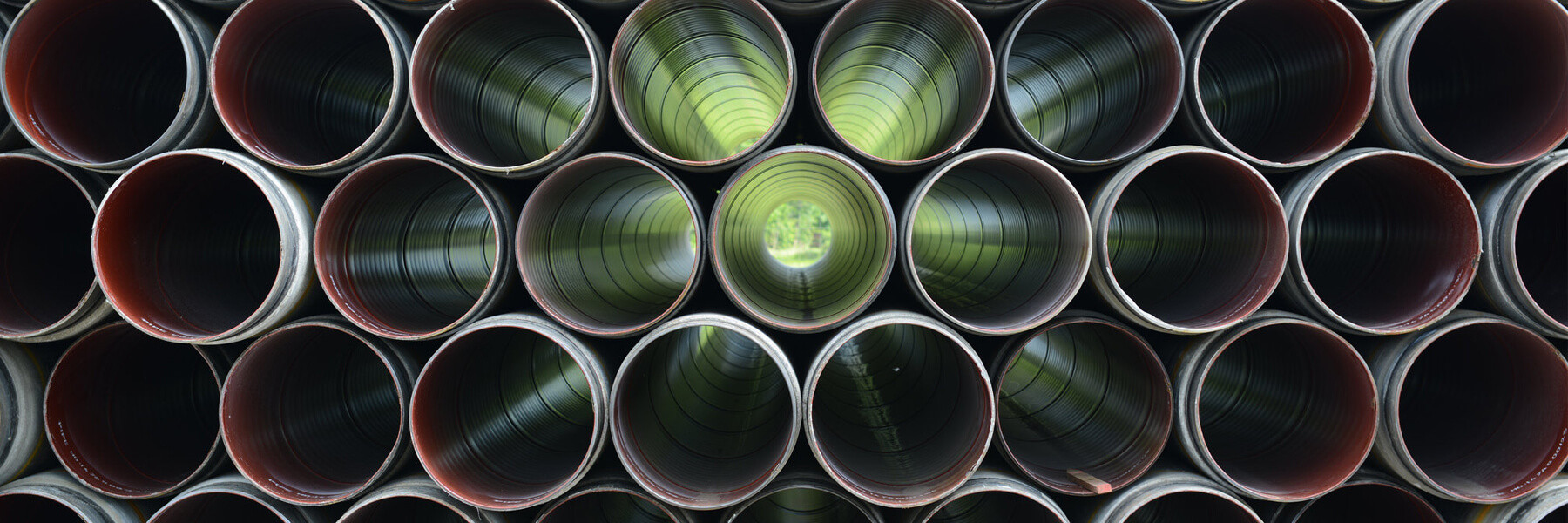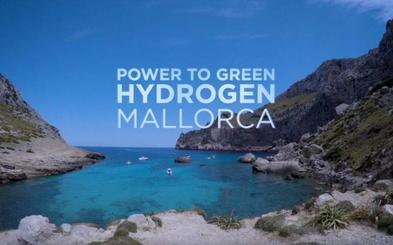INNOVATIVE PROJECTS PLATFORM
To efficiently build on its Members efforts to promote or contribute to innovative technologies, regulation and business models, and partnerships across the value chain, ENTSOG have initiated the identification process to map TSOs’ partnerships on Research, Development and Innovation (RDI) activities for the energy transition.
The result is the creation of a public platform, the Innovative Projects Platform, for communication and exchange of best practices applied at national level.
These innovative solutions focus on hydrogen, CCS, biogas, power to gas and other innovative applications to support the achievement of the current EU goals of reducing GHG emissions and reaching the decarbonisation goal of net-zero by 2050.
*Disclaimer: The content published on this page is information owned by TSOs and not by ENTSOG. It is therefore published on behalf of TSOs. Please note terms and conditions of use of the website (including article 7) are fully applicable to this page.
Technology
Discover here how technologies can optimise the usage of the grid, make digital layer connections and support decarbonisation of the EU gas system. Technology R&D has a vital role in the energy transition. ENTSOG Members (TSOs) are developing new and innovative technologies to offer sustainable solutions for the gas sector.
Regulation & business model
Stay informed on how ENTSOG Members (TSOs) engage in development of the new energy products and services to foster uptake of renewable and decarbonised gases into the grid.
Partnership
Look at new partnerships and initiatives formed by ENTSOG’s Members (TSOs). They are actively working together as well as with various stakeholders on projects aimed at decarbonisation of the gas sector and of the whole EU economy.
Hydrogen
Hydrogen can be produced from diverse process technologies. Hydrogen can be produced via steam methane reforming and blended with natural gas to be transported via existing grid infrastructure and contribute towards decarbonisation.
Innovation & Transition
Technological innovation is important for the transition to low carbon economy and combating climate change. New technologies such as power-to gas, biomethane, hydrogen, CNG will enable this transition.
Biogas
Biogas is obtained via the anaerobic decomposition of the organic matter. After the process of upgrading, biogas becomes biomethane with the same quality standard as natural gas and can be transported via the existing grid infrastructure.
CCS
Carbon Capture and storage is the process of capturing waste CO2 from large point sources, such as fossil fuel power plants, transporting it to a storage site, and depositing it where it will not enter the atmosphere. The aim is to prevent the release of large quantities of CO2 into the atmosphere.
Power to gas
Power-to-gas is the conversion of electrical power into a gaseous energy carrier like e.g. hydrogen or methane. This technological concept is considered to be an important tool in the energy transition.
CNG
Compressed Natural Gas (CNG) is a fuel source that is made from compressing natural gas to less than 1% of its standard atmospheric volume. CNG combustion produces fewer undesirable gases than other fossil fuels.
Digitalisation
Digitalisation can bring various benefits to day-to-day operations such as enhanced control over the gas quality and cost reductions. TSOs look at data-driven solutions to boost performance, efficiency and competitiveness.
Heating & Cooling
Cutting the energy consumption in heating and cooling in buildings and industry can be achieved through various technologies. TSOs are working on developing cost-efficient solutions for the decarbonisation of this sector.
Certification of green gases
To ensure the cross-border scale up and tradability of renewable, decarbonised and low-carbon gases. This can be achieved via pan European Guarantees of Origin and Certification Schemes.
DESFA, TAP IPCEI
WHITE DRAGON
The objective of the project is to gradually replace the lignite power plants of Western Macedonia and transition to clean energy production and transmission, with the ultimate goal of fully decarbonising Greece's energy system. The "White Dragon" project plans to use large-scale renewable electricity to produce green hydrogen by electrolysis in Western Macedonia. This hydrogen would then be stored and then the transport and export potential of hydrogen through TAP Pipeline connecting Greece to European markets. Partnership with DEPA, Advent Technologies, DAMCO ENERGY, PPC, HEP, MOTOR OIL, TERNA, CORINTH PIPEWORKS.
Gasunie
Magnum power plant
Nuon / Vattenfall, Gasunie New Energy and the Norwegian energy company Equinor are working together on the conversion of the Magnum power station in Eemshaven. It is planned that the first three units of the power plant that are currently still powered by natural gas will be converted to run on hydrogen between 2023-2025. The Magnum power plant will deliver 440 megawatts per unit.
Contact: k.g.wiersma@gasunie.nl
Gasunie
HyTransPort.RTM
The realisation of the hydrogen pipeline within the HyTransPort.RTM project is a key step forward in establishing Rotterdam as a major European hydrogen hub. The pipeline will be constructed between the areas of Maasvlakte and Pernis andwill be an open access pipeline, which means that any company that wishes to consume or supply hydrogen in the area can connect to the pipeline. In the future, the pipeline will also be linked to the national hydrogen grid and other European regions. In partnership with Port of Rotterdam.
Contact Robert Zwakenberg of Gasunie: robert.zwakenberg@gasunie.nl.
ENAGAS, S.A., Gas Networks Ireland, GAZ-SYSTEM, GRT-GAZ.
HYREADY
The HYREADY project provides gas systems operators – TSOs and DSOs – with engineering guidelines so their networks are ready to accept hydrogen-natural gas mixtures. The guidelines help systems operators calculate the acceptable percentage of hydrogen that can be added to a gas network. The HYREADY Guidelines are to be converted into DNV GL Recommended Practices. In partnership with ENBRIDGE (CA), GasNatural Fenosa (ES), GRDF (FR), SoCalGas (USA) and TIGF (FR). DNV GL and DBI-GUT (DE) are leading this JIP.
GASCADE, Fluxys
doing hydrogen
doing hydrogen is the large-scale pipeline project to kick-start the hydrogen market in eastern Germany, planned to be operational by 2027. The GASCADE-Fluxys project involves a strategic 50-kilometre new-built hydrogen pipeline from the area of Rostock on the Baltic Sea going southwards as part of the eastern German hydrogen grid. This infrastructure will create a powerful hydrogen hub connecting hydrogen production, storage and demand centers.
Enagas
GREEN HYSLAND
A project promoted by the Regional and National Government and some private companies: Cemex, Enagás, Acciona and Redexis. The 10 MW green hydrogen production plant will be powered by a 16 MW solar plant. The project contemplates the use of green hydrogen in mobility, as well as its injection into the gas grid.
Contact: mjaen@enagas.es
GASCADE, Gasunie
AquaVentus
The project portfolio associated with the AquaVentus initiative includes various sub-projects along the value chain from the production of hydrogen in the North Sea to transportation to customers on the mainland. These coordinated projects synchronise demand and production, thereby facilitating market roll-out. In partnership with RWE, Shell, Island of Heligoland, Reuther, Vattenfall, Siemens, Parkwind and MHI Vestas.
GASCADE, Gasunie, Fluxys
AquaDuctus
AquaDuctus is part of the project initiative AquaVentus and aims at transporting green hydrogen, which will be produced offshore in the German North Sea, to the island of Heligoland. At a later stage a connection to the German mainland and to the German national hydrogen network is foreseen. In partnership with RWE and Shell.
Gasunie
NortH2
The consortium has conducted a feasibility study that produced the first results in late 2020. Seeing as these results are positive, the consortium aims to be able to start producing the first hydrogen around 2027.In partnership with Groningen seaport, Shell, Equinor, RWE, Groningen provincial authority, Enico.
OGE
GET H2 TransHyDE
The central fundamentals for the reliable operation of a climate-neutral hydrogen infrastructure are now being further deepened with a view to the future - RWE, Nowega, Rosen, Evonik, the University of Potsdam, the DVGW, Adlares, Meter-Q Solutions and OGE are working on practical solutions for the transport of hydrogen.








